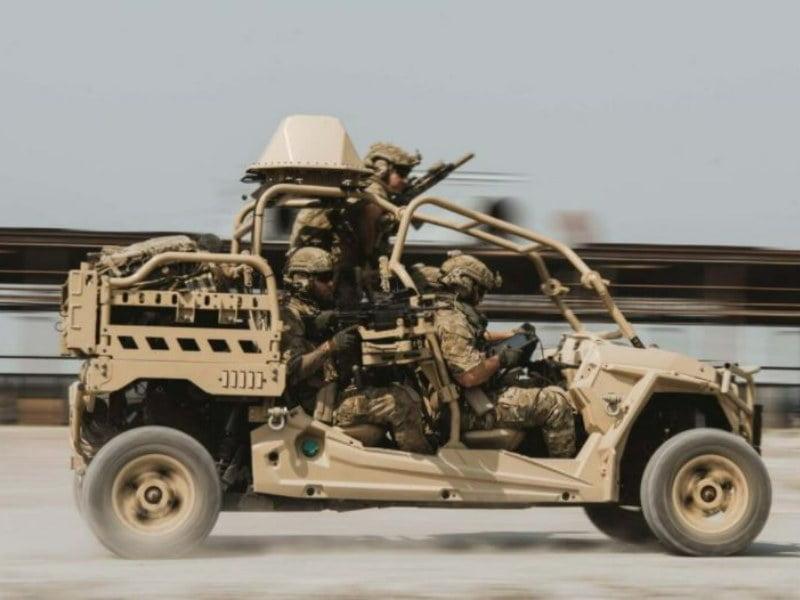
SYDNEY and VIRGINIA, ($1=1.41 Australian Dollars) — The United States and Australia are beginning to gradually implement an updated AI engine in their Counter-Unmanned Aircraft System [C-UAS], which is expected to increase their detection speed by at least 30%. This was announced in a press release by the Australian-US company for the production of artificial intelligence platforms for protection against advanced threats such as drones and autonomous systems DroneShield.
New improvements to the system firmware include several improvements. A 30% reduction in detection time means that Counter-Unmanned Aircraft Systems will have drastically reduced time to perform three consecutive operations – scanning, detection, and warning.
According to DroneShield, another major improvement they have made and will be integrating is better AI performance of devices to detect and read more famous or obstructed signals. This will significantly increase the ability of C-UAS devices to detect air threats that they have missed so far. There is an integrated new bandwidth that will support key protocol detectors.
Last but not least, DroneShield has integrated into the ATAK [Android Team Awareness Kit] platforms by introducing Cursor-on-Target message output.

C-UAS is a product of the attacks on civilian and military airports with unmanned aerial vehicles that have occurred in recent years around the world. This decision was necessary to provide a timely solution in the event of a critical drone intrusion into the protected area.
C-UAS uses various techniques to detect and intercept drones. One of them is radiofrequency jamming or GNSS [GPS] jamming. Laser, blinding, spoofing, microwave charge, or direct collision with an enemy drone are other techniques used by C-UAS.
Detection and interception of drones entering prohibited airspace are done by integrating and using sensors that are responsible for radar, radio frequency [RF], electro-optical [EO], infrared [IR], or acoustic waves.
For the Australian-US company DroneShield, the integration of the new AI engine is the next and most important step in countering the threat of drones. In recent years, the company has provided drone protection to various commercial, military, public or political sites, including the protection of high-ranking officials.
Their key products such as DroneGun Tactical, RfPatrol, DroneGun MKIII, DroneSentry-X, RfOne MKII, and software such as DroneSentry-C2 are used to detect and eliminate unmanned threats.
According to Oleg Vornik, CEO of DroneShield, detecting the threat posed by a drone is already becoming a priority for many military and security agencies. In recent years, he said, the use of drones and UAS has increased significantly and at times escalated, causing not only the destruction of buildings but also the death of people. “Detection is even more vital than before,” Warnick said.
***
Follow us everywhere and at any time. BulgarianMilitary.com has responsive design and you can open the page from any computer, mobile devices or web browsers. For more up-to-date news, follow our Google News, YouTube, Reddit, LinkedIn, Twitter and Facebook pages. Subscribe to our Newsletter and read our stories in News360App in AppStore or GooglePlay or in FeedlyApp in AppStore or GooglePlay. Our standards: Manifesto & ethical princliples.